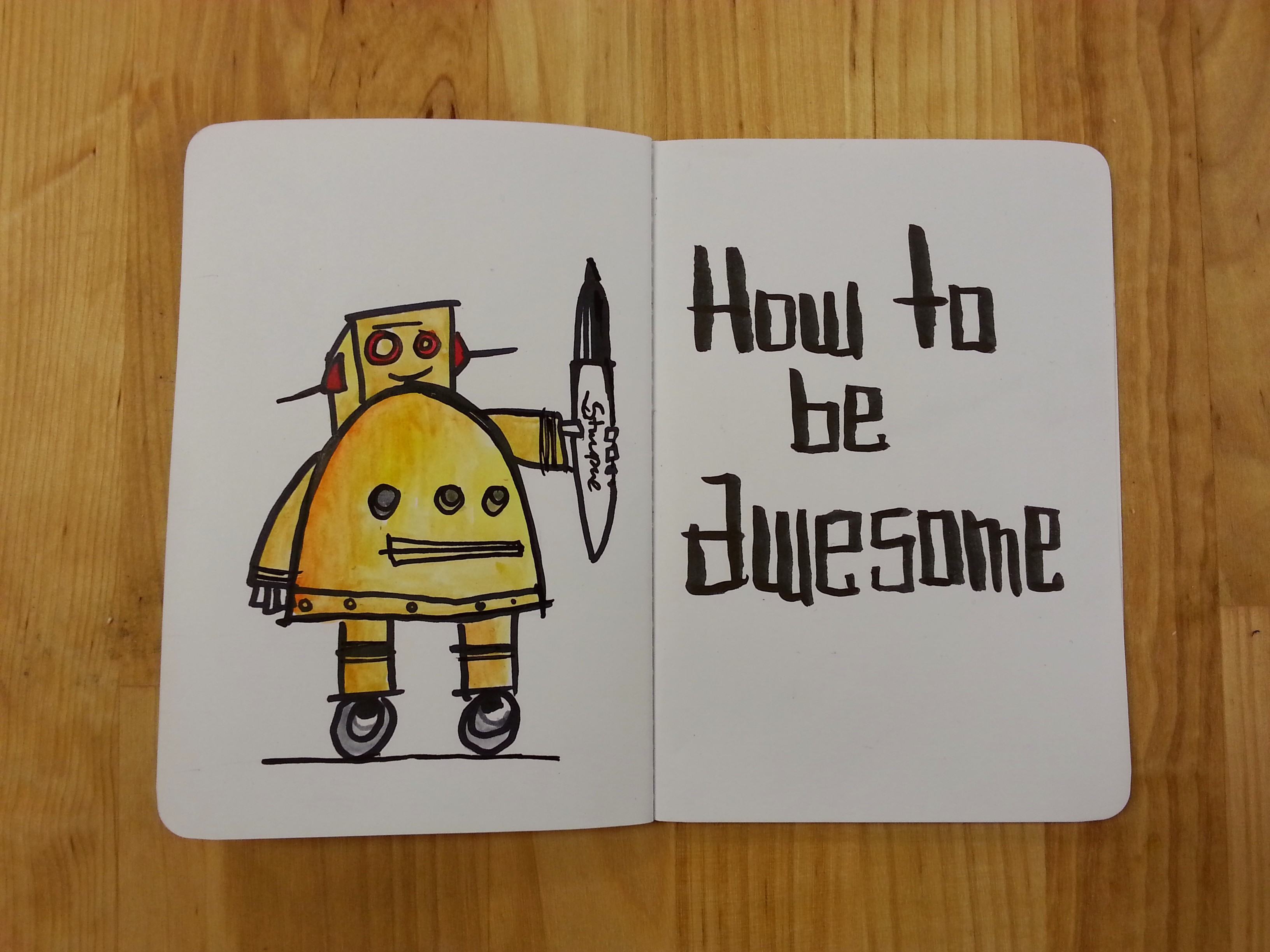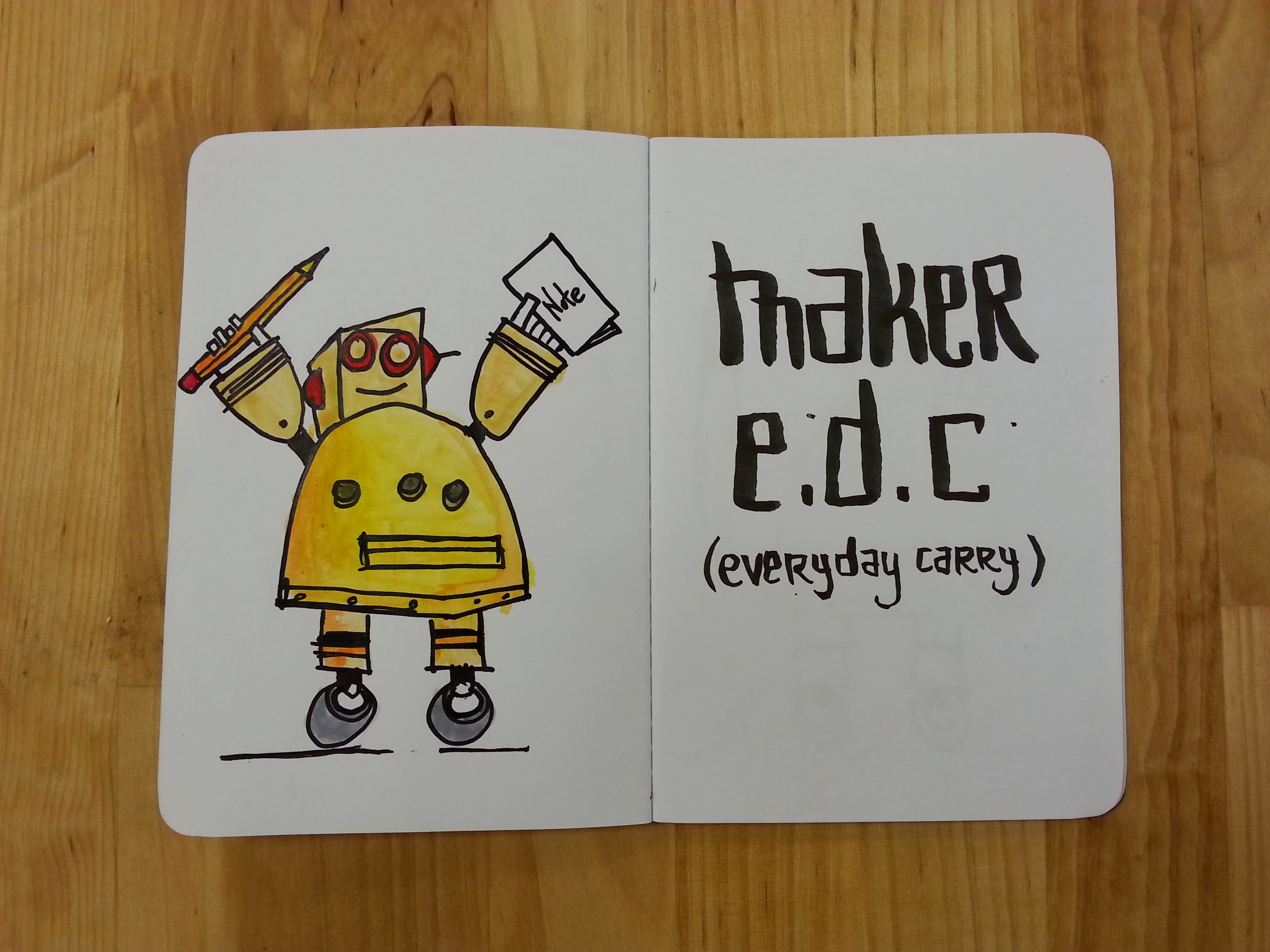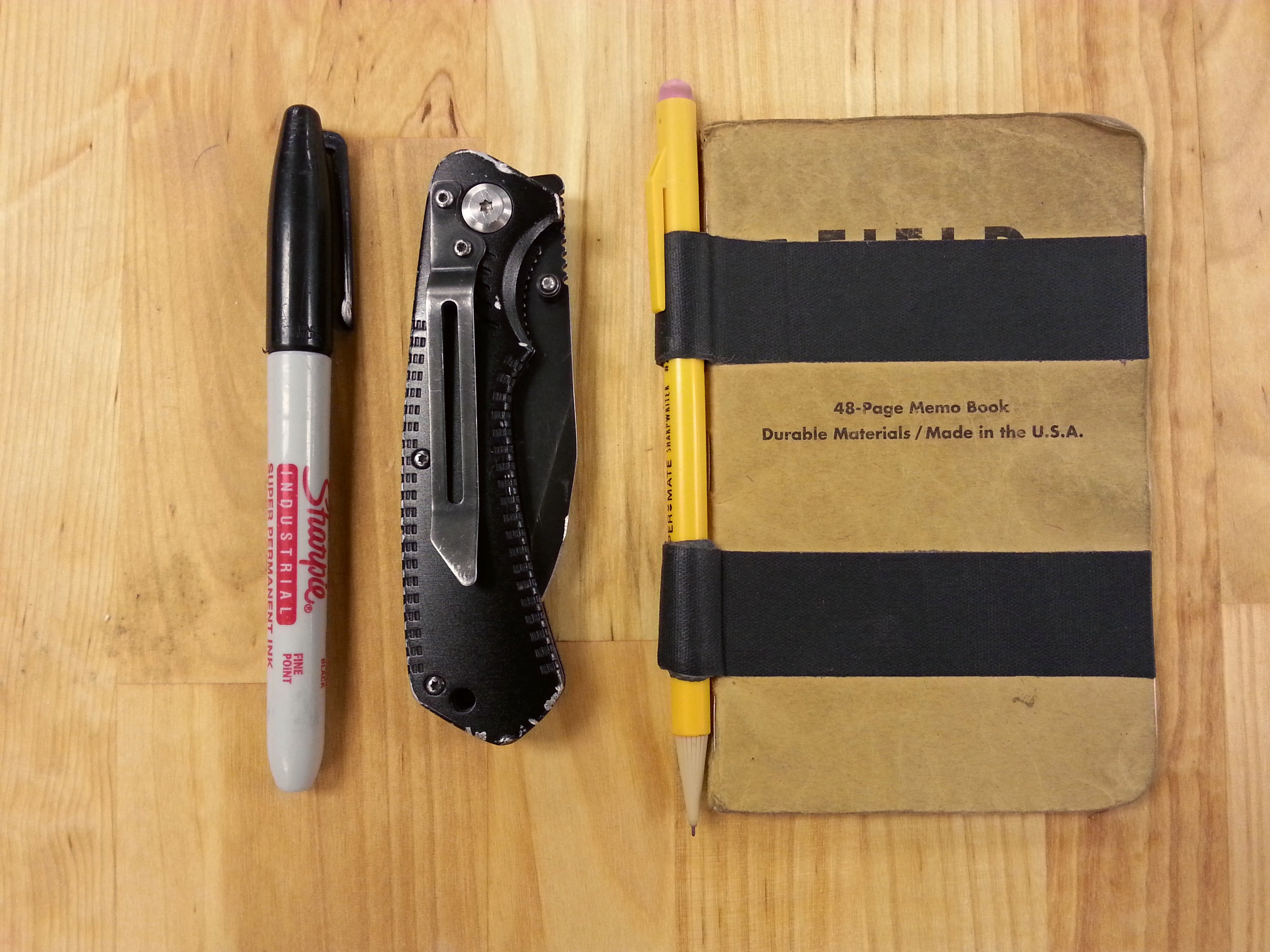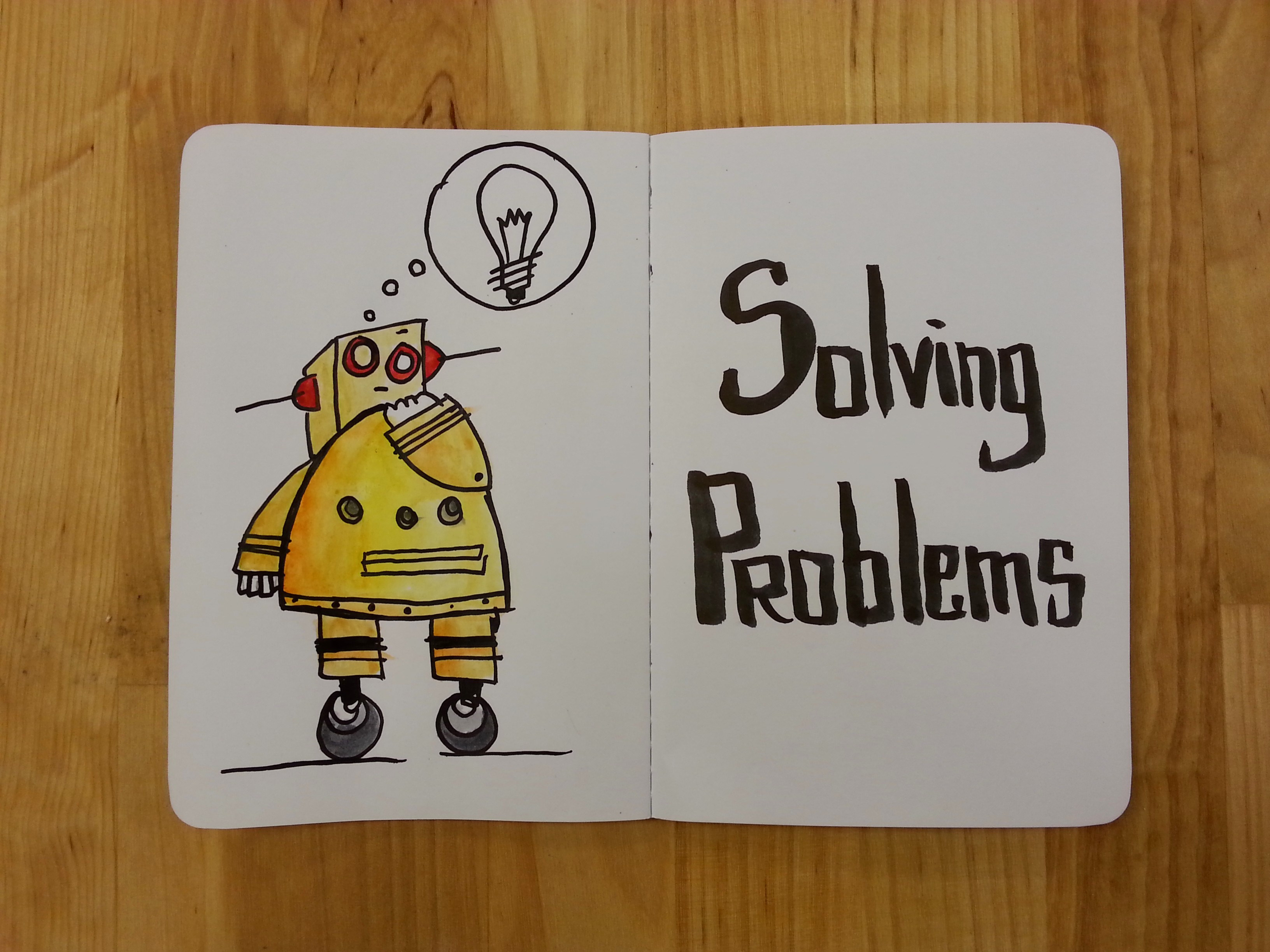How to Be an Awesome Coworker, Apprentice, or Intern
by wolfCatWorkshop in Living > Life Hacks
5374 Views, 90 Favorites, 0 Comments
How to Be an Awesome Coworker, Apprentice, or Intern

If you are starting out at a new job, landed an apprenticeship, or want to be that intern that stands out, I have a few simple suggestions that will make you super awesome.
After working in construction and fabrication for about 10 years I started paying attention to whom I enjoy working with. I've managed construction crews, trained solar installers and have had a couple of interns follow me around in the shop. I think some of the things that make people want to work with you are learnable skills, and some are simple communicable practices that make a huge difference.
My advice comes from a maker perspective but I think it is relevant regardless of your field. I wrote this Instructable because I wanted to share my experience and because I wanted a permanent place to share these thoughts with all the wonderful people (like you!) I will be working with in the future.
Lets get started:
Everyday Carry


There will be some essentials that are specific to your activity, like pliers for an electrician or brushes for a painter. And there are a few of items that are useful everywhere. If you consistently have these on you, you will come across as very handy and always prepared. Let me explain:
Paper notebook and pencil (or pen):
I carry a 3.5"x5.5" (8.89cm x 13.97cm) notebook that fits in my back pocket. As you can see in the picture I made a pencil holder with some gaffers tape. My smart phone is much more capable in many ways but I've found that this old piece of paper technology excels at speed and collaboration. There are some notes I can take faster on paper, and when working with messy materials and dirty hands I'm less likely to use the phone to jot down measurements or notes.
A lot of makers are visual thinkers (myself included) and when explaining ideas I find it better to use sketches and diagrams. When others are trying to convey concepts to me I often hand them my notebook and say: could you draw that for me? I think devices with large displays and rugged touch screens have a lot of potential to do this kind of thing, but I still enjoy the ease and familiarity of paper and pencil.
Permanent marker:
I like Sharpies a lot so I always have one on me. I've discovered that other people enjoy the reliability of my marker carrying habits. I will accept that it is mildly annoying since everyone will want to borrow your marker and will often loose it or keep it, but you know what? That's ok. Handing people a writing utensil when they need it is a very simple and relatively inexpensive gesture that marks you as someone that is always prepared and ready to help. I also like offering the marker when someone is giving me very specific instructions about an object -where to cut it, what changes does it need-, when they annotate it we are effectively collaborating and sharing responsibility.
Pocket knife:
The one basic tool I think you should always have. Just as with the sharpies I discovered others really like that I always have a knife on me. Multitools are great too if you like them, but they are more expensive. I've lost many knives and I really abuse them so my personal rule is that pocket knives shouldn't be more then $15 USD. Pocket clips and one handed opening and closing are nice features to have.
Cleaning and Organizing

Often, making implies chaos and destruction. This is fine, very few people expect a perfectly clean and organized workshop or worksite at all times. But being able to find a tool when you need it or being able to walk around without stepping on nails are things everyone welcomes.
There are fantastic makers out there that are not very organized and that's perfectly normal. I let my tables become quite messy when working alone too. But when it comes to working with other people I make an extra effort. I believe it pays in mental sanity and efficiency.
Make cleaning and organizing part of your workflow. If nothing is going on at a particular time try not to wait around for instructions and start doing it. This is the easiest way to help everyone and be proactive. Often you don't need a ton of skill to do this, but if you do it people will want to have you around.
Bonus points: Always Be Knolling
From wikipedia "Knolling is the process of arranging like objects in parallel or 90 degree angles as a method of organization." This is Tom Sachs' (an American Artist) "studio mantra" and Adam Savage has mentioned it as well.
It really works well and I've really enjoyed working with people that do it. There will be trolls and they will call you funny names, some will go as far as saying you have Obsessive Compulsive Disorder (OCD) but that would be false. Knolling is not about fear and anxiety. Knolling is something you do out of your own choice to work with ease and efficiency. It also makes you look really professional.
Problem-solving

You don't need to have the solution to every problem. What really matters is how you approach it. When seeking help always offer a possible solution.
Asking for help can be difficult but if you present solutions others will have an easier time helping you because they can correct you or build upon what you have tried. When you reach out for help you are opening a collaboration, even if those collaborating have different skill levels. Do it even if you think your solution sounds silly, this shows that you've put some effort into it, and you are not a helpless creature. Furthermore, any solution is a way of thinking about the problem, an illustration of how you understand things, and this alone can be very useful for someone that is trying to help you.
I really enjoy making because it is problem solving at a physical level, and there can be as many approaches as there are people and skill sets.
Workflow Awareness:

When you work in a particular field you learn the sequence of steps necessary to perform specific tasks. This is important. When working with specific individuals you will also become aware of the way in which they do things. Observe this carefully so you can learn to anticipate it.
I've noticed I really like working with people that are very conscious of sequencing and flow. If they are helping me directly they will hand me the tool I need next, or have materials handy right when I need them. If we are working on different tasks and sharing resources we'll accommodate to each other's needs to maximize efficiency. I love working like that, it takes practice to get to those moments of silent and fluid dance-like performance, but it's one of the things that makes working with others great.
If you are new to the activity, or just started working with someone try to ask questions about what's next when it seems appropriate. Also make an effort not to interrupt other people's flow.
When you do something many times you internalize the workflow, which is great because you don't have to think about it as much. But always try to be aware of your own flow so you can optimize it, and of other people's flow so you can help them at the right moments.
Going Further:
As I mentioned before I borrowed some ideas from Tom Sachs and Adam Savage.If you want to get the full picture and get more ideas check out Tom Sachs' Ten Bullets website at http://www.tenbullets.com/ . There are some beautifully made videos explaining his studio manual.
Adam Savage's 10 commandments of making are not specific to collaborative work but they apply just as well.
If you are reading this because you are starting out anywhere I wish you the best of luck and I hope some of my simple suggestions help you in your journey. I would also love to read what are your personal rules for working more efficiently and for collaborating with others, let's talk about them in the comments.
Thanks for reading!